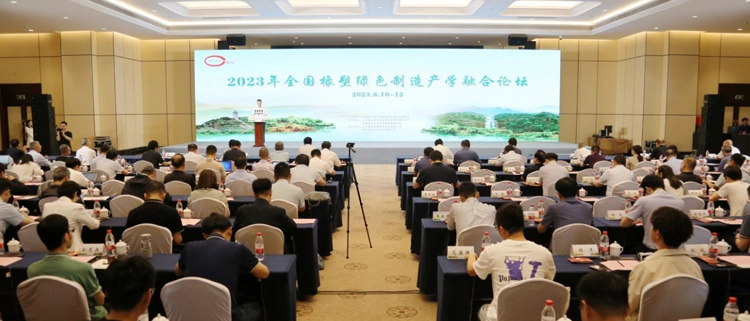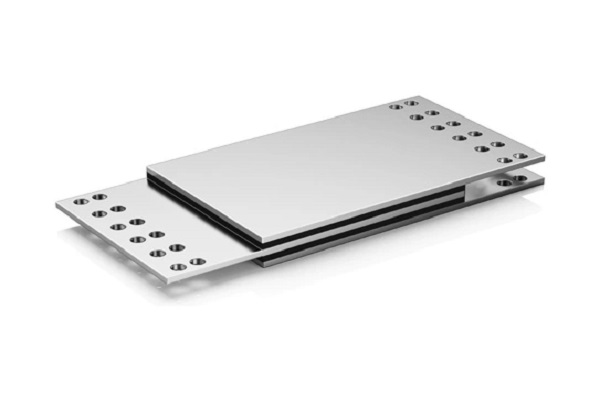In an era where technological advancements and innovative building designs are becoming the norm, ensuring the safety and stability of structures has become a top priority. Architects, engineers, and construction professionals are constantly looking for ways to enhance structural integrity and resilience. One such solution that has gained significant attention is the seismic isolation system. In this blog, we will explore the importance of seismic isolation systems in achieving structural harmony and enhanced safety.
Understanding Seismic Isolation Systems
Seismic isolation systems are specialized techniques used to separate a structure from its surroundings, allowing it to withstand external forces while minimizing damage. The primary objective of these systems is to reduce the transmission of vibrations and seismic waves, ensuring the safety of occupants during natural disasters or unforeseen events. By utilizing various isolation materials, such as rubber or elastomeric pads, cork, or even air springs, a building can effectively isolate itself from the ground or other structures.
Enhancing Structural Resilience
One of the key advantages of seismic isolation systems is their ability to enhance the resilience of structures. Traditional building designs often rely on reinforced concrete or steel frames to provide stability. While these materials are strong, they have limited ability to absorb or dissipate seismic energy. Seismic isolation systems, on the other hand, offer increased flexibility, allowing the structure to dissipate energy during earthquakes or vibrations. This not only minimizes structural damage but also reduces the risk of collapse, ultimately safeguarding lives and preventing large-scale property damage.
Protecting Vital Infrastructure
Seismic isolation systems are particularly crucial for structures that house vital infrastructure or critical operations. This includes hospitals, power plants, data centers, or government buildings, where uninterrupted functionality is paramount. By implementing seismic base isolation system, these structures can continue to operate during seismic events, ensuring the safety of patients, preventing power outages, safeguarding data, and maintaining essential services. The ability to protect critical infrastructure is a significant advantage of seismic isolation systems, offering peace of mind for both operators and the general public.
Innovations and Future Trends
With the constant advancement of technology, seismic isolation systems have also evolved to incorporate new innovations and techniques. Research and development initiatives are focused on creating more efficient and cost-effective isolation materials, as well as exploring alternative methods for achieving structural harmony. Some of the upcoming trends in the field include the use of shape memory alloys, which can change their shape and stiffness in response to external stimuli. Additionally, advanced computer simulations and modeling techniques are being utilized to design customized isolation systems tailored to the specific needs of each structure.
In conclusion, seismic isolation systems play a critical role in achieving structural harmony and enhancing the safety of modern structures. By implementing these earthquake isolation systems, architects and engineers can reduce the risks associated with seismic events, protect critical infrastructure, and ensure the safety of occupants. Furthermore, ongoing innovations and technological advancements are constantly improving the efficiency and effectiveness of seismic isolation systems, paving the way for safer and more resilient structures in the future.
 Natural Rubber Bearing
Natural Rubber Bearing
 Lead Rubber Bearing
Lead Rubber Bearing
 High Damping Rubber Bearing
High Damping Rubber Bearing
 Elastic Bearing
Elastic Bearing
 Friction Pendulum Seismic Isolation
Friction Pendulum Seismic Isolation
 Simple Support For Village And Town Houses
Simple Support For Village And Town Houses






















